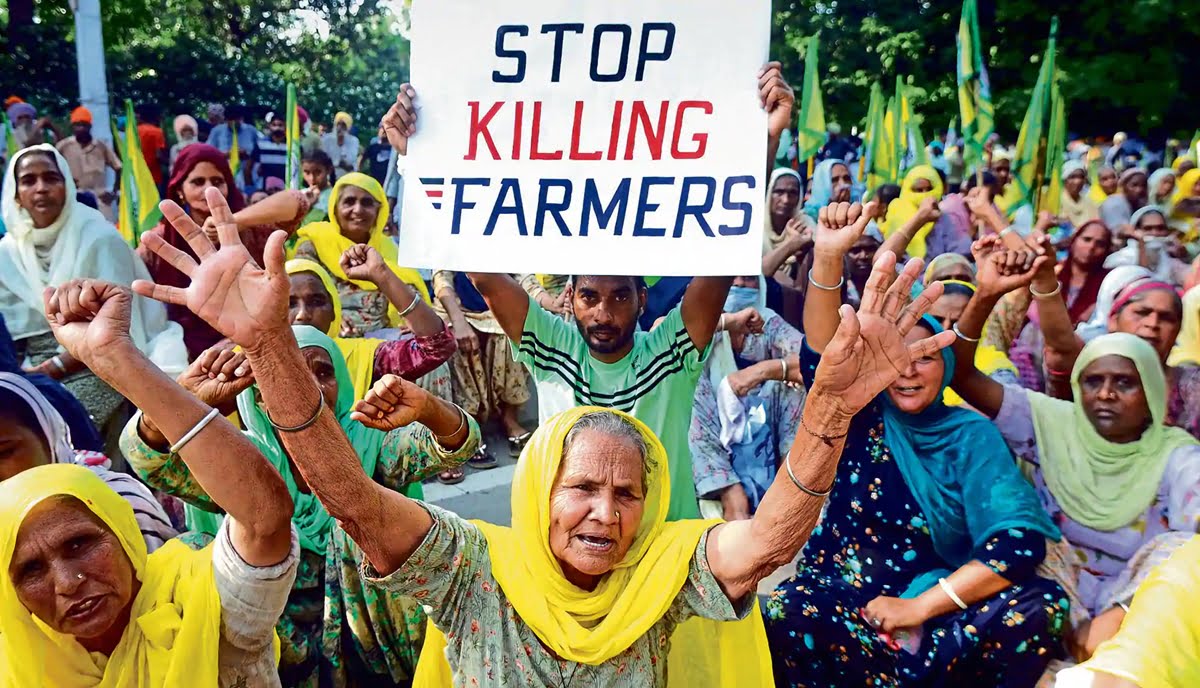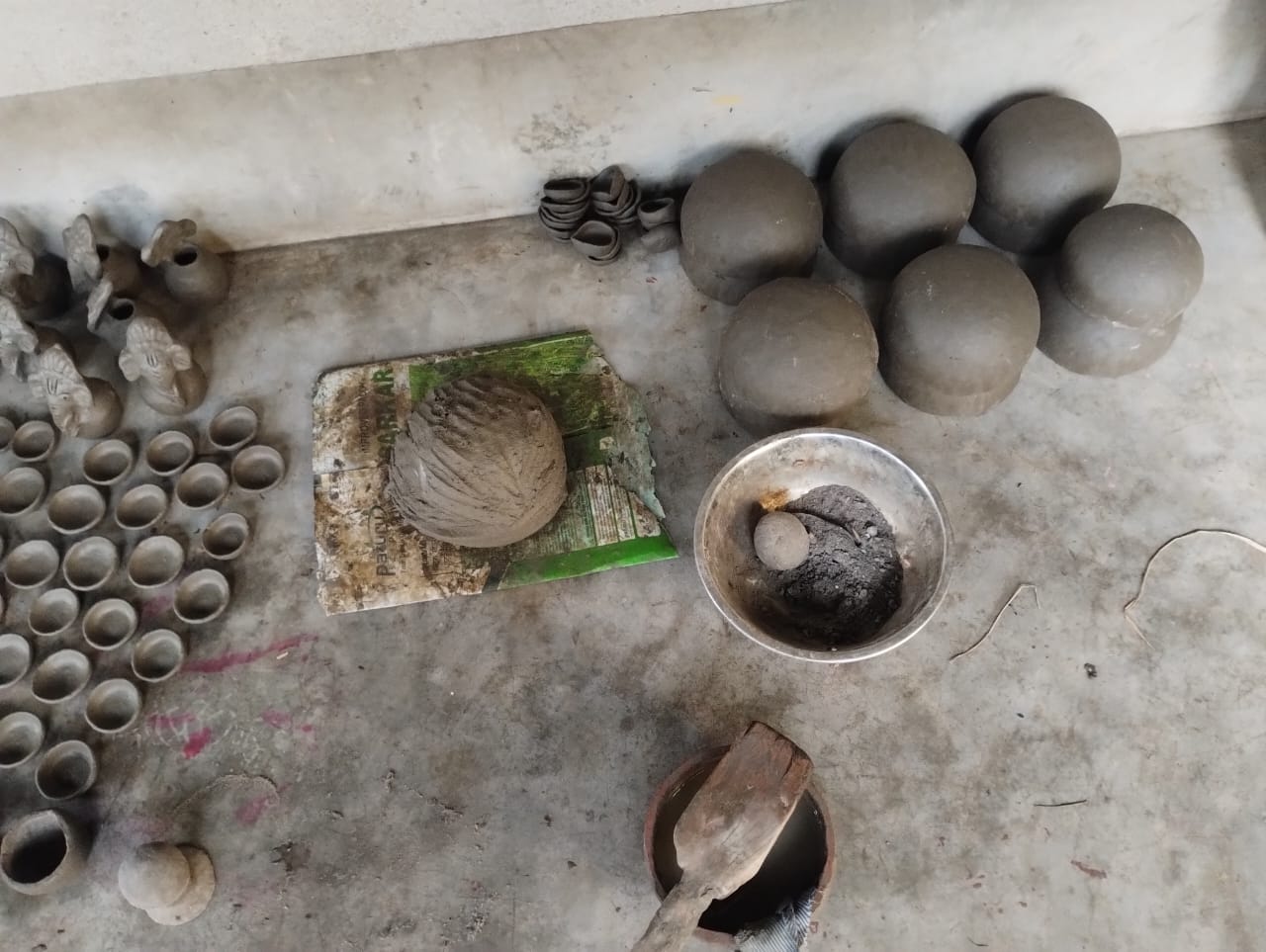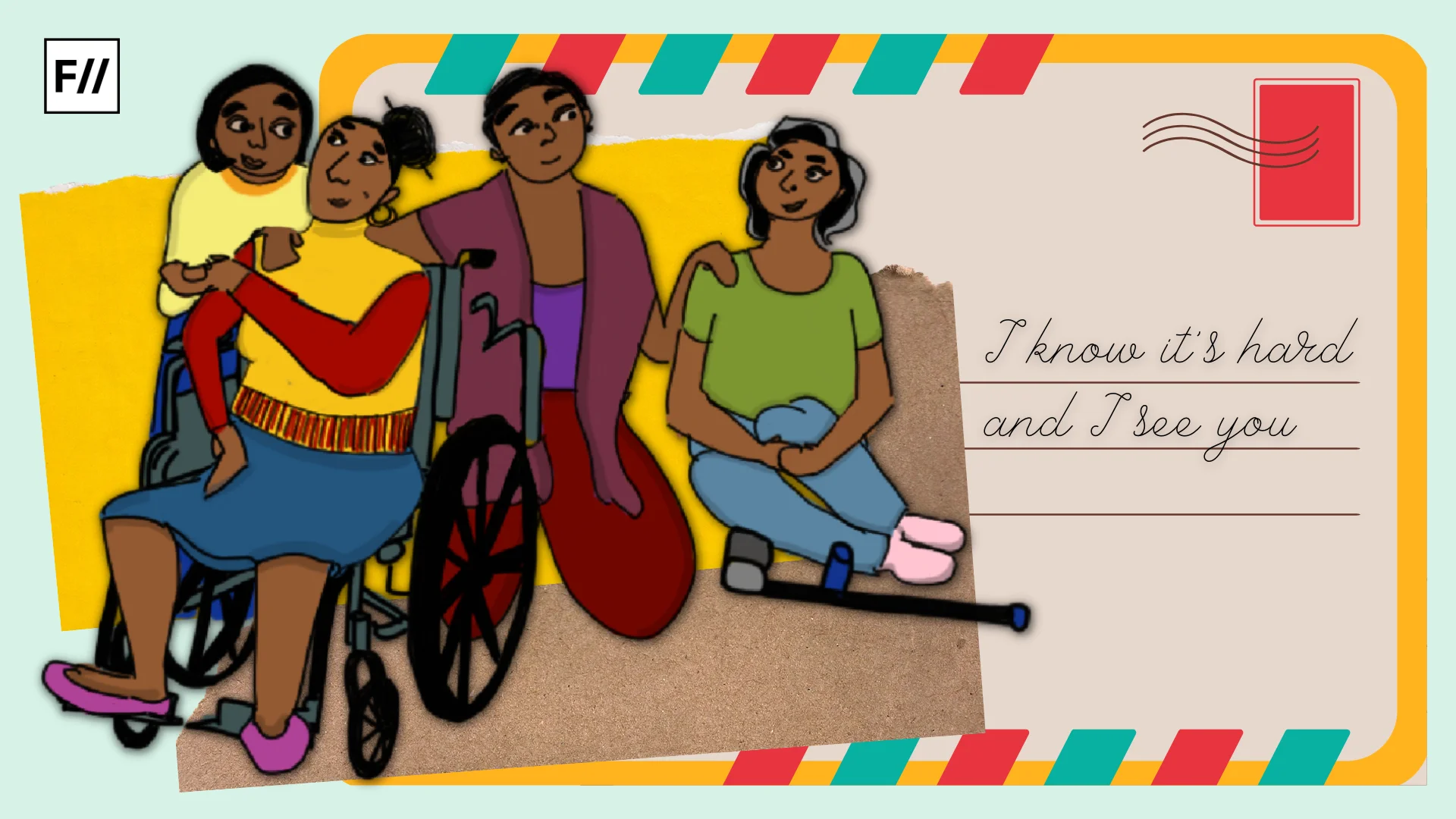Posted by Sruthi Dixit
As the farmers’ protests continue, the Chief Justice of India (CJI), SA Bobde, staying the three controversial farm bills introduced by the Indian Government, remarked that the Court would appreciate that if the “elders, women and children will not participate in the present protests”. This infantilising remark from the apex court of the country has been heavily criticised as sexist and ableist. Countering this statement of the court, senior advocate Dushyant Dave aptly pointed to the Court that the reason for women and elders participating in the farmers’ protests is because “it is a question of their very existence”.
Under Article 19 of the Indian Constitution, all citizens have the right to protest against any dissatisfactory statement, action, policy or law of the government. Despite this constitutional guarantee, most spaces of conflict and dissent are portrayed as spaces which are solely the prerogative of cis-gendered men.
TCJI Bobde’s infantilising remark to exclude women and elders from the farmers’ protests was heavily criticised as sexist and ableist. Countering this statement of the court, senior advocate Dushyant Dave aptly pointed to the Court that the reason for women and elders participating in the farmers’ protests is because “it is a question of their very existence”.
Also read: As Protests Continue, India’s Rural Women Farmers Fight Invisible Battles
Historical Invisbilisation of Feminist Priorities During Emergencies
The CJI’s comments on the farmers’ protests are not out of the blue and are only a distasteful depiction of how gender non-inclusive our responses to unrest, political turmoil and natural disasters are. There has been a historic devaluation of the interests of women and LGBTQ+ communities in times of political crises which has led to most of our modern responses being centric only to men. For example, if we look at history surrounding the world wars and their aftermath, there is a lot to know about the role that men played: as soldiers as well as leaders. This however, is not true for women, let alone the queer community, the history of whose roles as caregivers, frontline support persons and even as soldiers has consistently been invisiblised. Research on the subject of trauma on women combatants has only received funding and importance as recently as in the 21st century: another key indicator of how women and the queer community are treated as ‘lesser-than’ men and hence, excluded from post-conflict and disaster rehabilitation programmes.
While specific provisions present in the 2020 Vienna Discussion Forum concluded that the rights of women and girls cannot be compromised in emergencies, the response during the pandemic has not been any better. Even as the world copes with the disastrous effect of the pandemic, women and queer youth continue to be left out of key safety and rehabilitation discourses. Almost all response packages from countries around the world have ignored issues specific to these sections of the society such as a lack of financial and social security, increased vulnerability and burden associated with care-giving roles and domestic violence. The sudden announcement of the lockdown in India only made things worse, giving very little time for citizens to cope with the situation and put the lives of many women and people from the LGBTQ+ community in danger. Institutions including the judiciary and the police failed to provide any concrete protection either. In hindsight, many simple and realistic steps could have been taken to prevent such consequences. However, many repercussions of the lockdown were only further exaggerated because of a non-gender-inclusive response to the crisis. The United Nations has acknowledged and urged for a gender-inclusive response to the pandemic, citing that indifferent responses of state structures will only widen the existing issues of gender-inequality.

Feminist priorities necessarily revolve around inclusive decision-making driven by inclusive leadership, a focus on expanding social security nets for all and reimagining self-sustained communities for the future. 2020 has been India’s year of revolution and protests. Not just at the farmers’ protests, we have witnessed women being at the forefront of leading dialogues in the past couple of years, whether it is Shaheen Bagh’s Dadis, Aishe Ghosh from the JNU protests, or Safoora Zargar, among many, many others, who is the face of political prisoners in India, have showed up and asserted their place in the revolution. The CAA protests are a remarkable example of how collective leadership of women can shape integral moments in India’s political and legal history.
Why Including and Recognising Women’s Efforts is Essential
A report by Women’s Media Center found that 63% of girls between 10-19 years of age believe that there aren’t enough role models with the same gender identity for them to look up to. When media representation of women is so low, their identities often get ignored even in mainstream conversations about politics, law and rights, all of which directly impact their day-to-day lives. In such situations, claiming spaces and representing themselves in itself can become a political stance. There is a need to normalise the existence of women and minorities in public spaces and within democratic institutions. Speaking on this issue, Amnesty International stressed on the failure of judicial systems to provide protection to women who dare to raise their voices and speak out. While International guarantees for women’s right to claim public spaces exist, very little is done to ensure the practical application of these rights.
Almost 73% of rural Indian women are directly engaged in agriculture. Despite having high stakes, the women’s place in the farmers’ protests have been devalued repeatedly.
The recognition of women’s efforts in all revolutions but also in the farmers’ protests in India is non-negotiable. This is true not only because women are equal participants in political discussions as a matter of right but also because it truly concerns their existence. Women predominate in the world’s food production (50-80 per cent), but only own less than 10% of the land. Almost 73% of rural Indian women are directly engaged in agriculture. Despite having high stakes, the women’s place in the farmers’ protests have been devalued repeatedly.
There are key gendered concerns with the farmer’s bill which run the risk of being ignored without the presence of women farmers whose lived realities shape their resistance. Women farmers who are protesting against these bills are also raising concerns of the possibility of the farm bills deepening the existing gender inequality within India’s agriculture sector. They also usually do not have the bargaining power and fear that the abolition of a Minimum Support Price (MSP) puts them in a more vulnerable position to negotiate agreements with traders. Women farmers have expressed their inability to actively join the protests as a result of having to take up domestic and agriculture work while the men of the family join the protests.
Also read: Video: Woman Farmer At Tikri Border Explains Why The Farm Bills Do Not Benefit Farmers
There is no disputing the fact that a woman’s place is as much in a revolution as it is anywhere else. Because of how gendered all social movements are, the exclusion of women, their concerns and lived realities stand a high chance which in turn, denies them true social justice. Denying the women’s right to protest, on the basis of their gender, takes away agency from a large section of the population to represent themselves to their elected representatives. To secure representation it is important for women to claim these political spaces and for democratic institutions to support such claims.
Sruthi Dixit is a Research Associate for the FemJustice Center at One Future Collective.
Featured image source: livemint
About the author(s)
One Future Collective is a feminist youth led not for profit based in India. Our mission is to nurture radical kindness in people, communities and organisations through the work we do on gender justice, feminist leadership and mental health, to enable a world built on social justice led by communities of care.





The Sikhs have hoisted the Khalsa Flag on the Red Fort DOME AND POLE on the 26th of January,2021 !
It is the Bastille day and the start of the Sikh Tahrir !
Hoisting the Khalsa Flag is an epochal juncture in Sikh History and a Turning Point.Red Fort is a symbol of colonisers and despots and tyrants – but it was built with gold,sweat and blood of poor Indians – and so,it deserves to exist – but under the Khalsa Flag,as the only Indian who made a global empire and ruled over much of current India – was a Sikh – Ranjit Singh !
THE RED FORT WAS AN IDOL WHICH SYMBOLISED THE SEAT OF THE DESPOTS AND TYRANTS – THE PRIDE OF THE TYRANTS !
The Sikh takeover of Red Fort !
It is time for the Diplomats in Delhi to pack up and exit India.Delhi is the place where a Romanian Diplomat was kidnapped and to date no one caught the culprits
Unarmed Sikhs on the “red alert security day”, for India (26th January) hijacked the RED FORT,and HOISTED their flag on the Red Fort Dome and Pole !
What would be the outcome on a normal day ? Of Course,security was stretched – but it was at an ALERT status
Indian INT had inputs on all the organisations and members and their cell numbers etc.,with 24X7 surveillance,drones,human int and jammers – AND STILL 100Os of farmers REACHED THE RED FORT !
Some walked and the minimum “break out time” to reach the Red Fort would be 30-45 minutes – and the worthless Indian state,did NOT EVEN have the ability to BREAK THE LOGISTICS SUPPLY CHAIN.
The Indian Nitwits did NOT EVEN think that a flag hoisting on RED FORT was possible – although it was announced by a Sikh Leader in USA.This is the pathetos of India.
The morons could NOT EVEN block the tractors on the way to the Red Fort ! Two 40 foot containers with 20 tons each placed in PARALLEL WOULD BLOCK THE TRACTORS for good. Instead the Indian bozos placed 1 empty container and no other container in parallel !
Of Course , the Sikhs would have WALKED TO RED FORT – but even there the Indian clowns COULD HAVE EASILY STOPPED 1000 people ! But the Indian clowns were outnumbered (although the drones would have been watching the crowd movement) !
The so called peace rallies by the Indian farmers and skirmishes with the police (on the 26th of January) – WERE ALL A DIVERSION to make the Indian State believe that the farmers were doing a token show !
The Diversion worked ! THE DISASTER !! dindooohindoo
Foreign Diplomats who think that the Indian State can take on the PLA and PRC,and fight a 2 front war with the PRC and Pakistan – have to 1st save themselves – by exiting India !